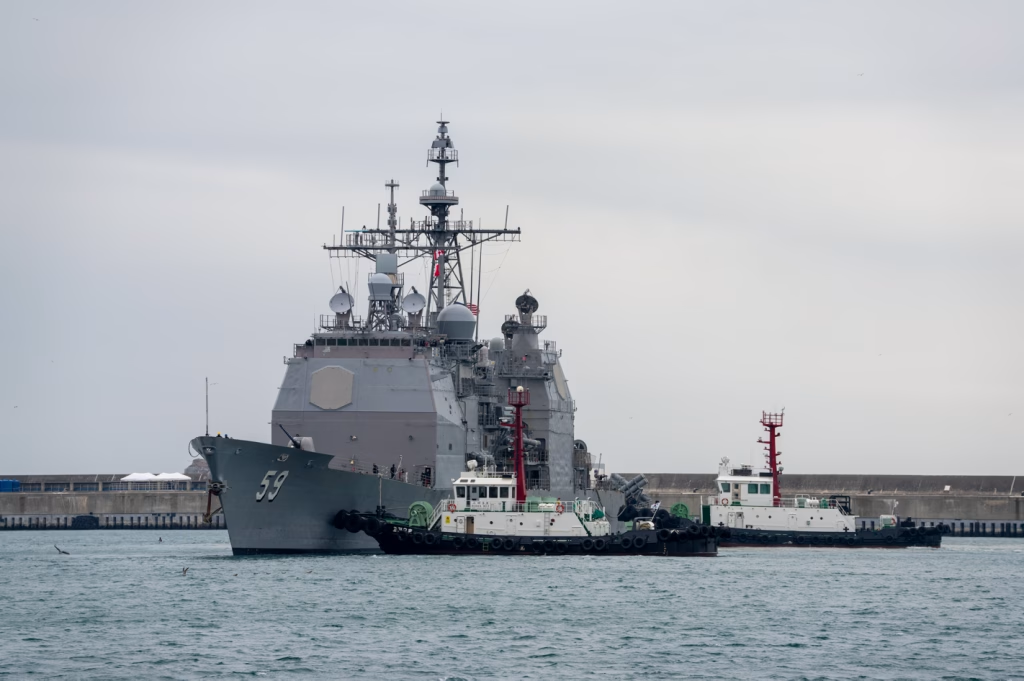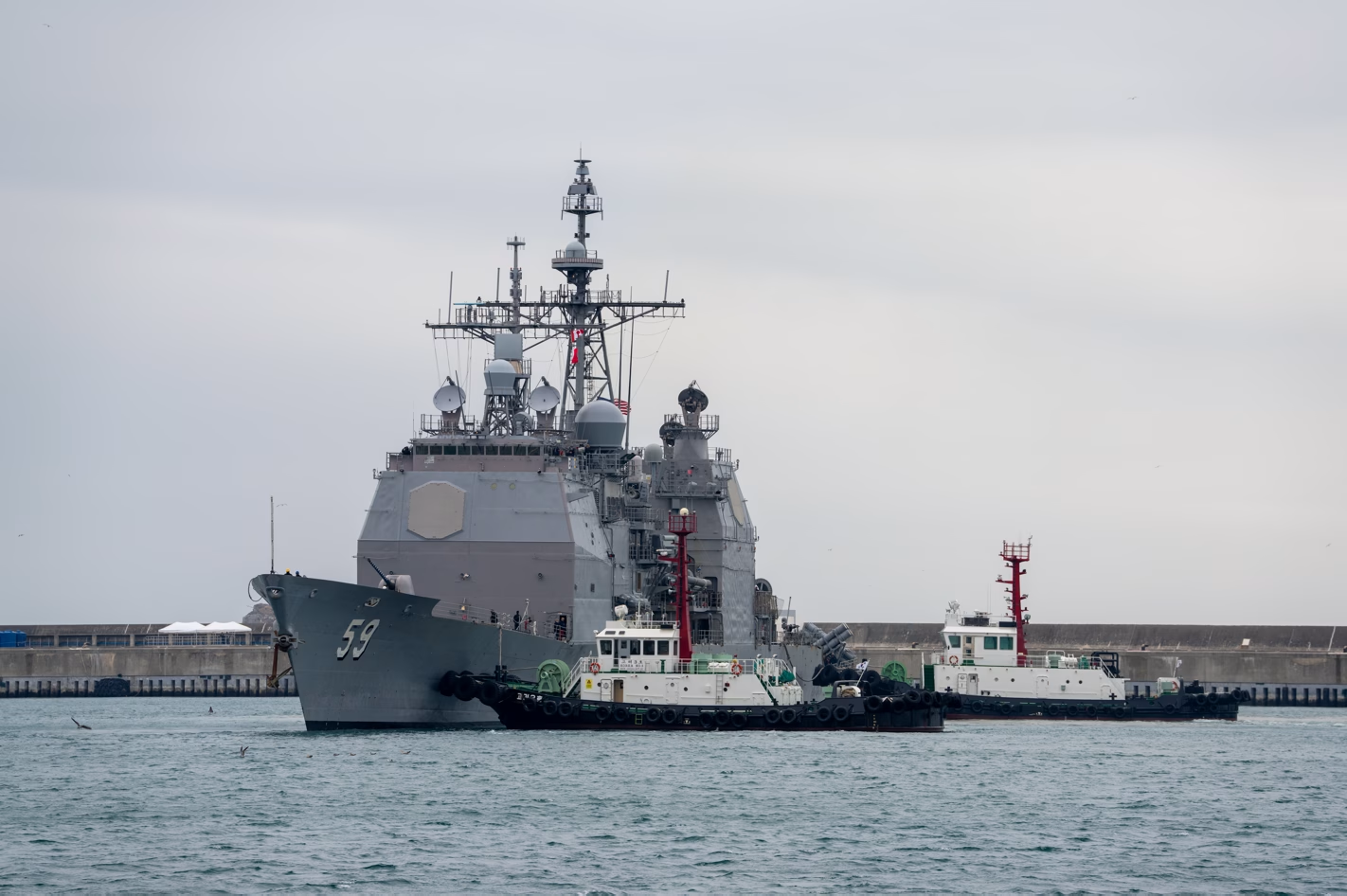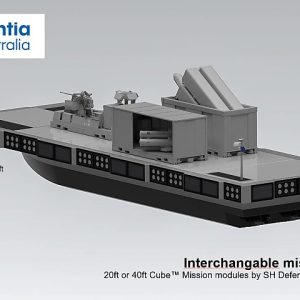Amid mounting geopolitical tensions and a rapidly expanding Chinese naval fleet, the U.S. Navy faces a significant challenge: how to increase warship production without overloading its already strained industrial base. South Korean shipbuilder HD Hyundai Heavy Industries recently offered to build up to five Aegis-equipped destroyers annually for the U.S. Navy—at one-third the cost and in just three years. While the proposal may seem attractive, experts and policymakers caution against outsourcing core shipbuilding capacity to foreign yards.
Why the U.S. Navy Should Say No to Offshore Shipbuilding
Despite its proven capabilities, South Korea’s shipbuilding offer raises strategic, economic, and political red flags. Here are six critical reasons why the U.S. should retain domestic control over its destroyer fleet production.
1. Survivability Standards Cannot Be Compromised
U.S. Navy destroyers like the Arleigh Burke-class DDG-51 are built to absorb and survive modern combat hits. Every class undergoes rigorous shock testing with live ordnance to validate hull strength, damage control systems, and survivability architecture. The USS Cole’s survival in 2000 underscored the importance of such standards. To date, no foreign yard has proven it can match these benchmarks—especially within required timelines and cost structures.
2. Delivery Timelines Are Not Apples-to-Apples
While South Korean shipbuilders cite fast production cycles, their destroyers often arrive without integrated combat systems—components which U.S. shipyards build in tandem. Furthermore, expanding output from five destroyers a year would require South Korea to divert workers from its commercial sector, triggering workforce strains. The comparison isn’t equivalent, and scaling up may introduce significant production risk.
3. Offshore Shipbuilding Introduces Economic Volatility
South Korea’s commercial shipbuilding has taken a hit in recent years. According to global ship order data, China’s share rose to 70% by 2024, eclipsing South Korea’s declining 16%. Labor instability and uncertain capacity in foreign shipyards amplify risk when transferring critical national defense projects abroad.
4. Foreign Construction Exposes Supply Chains to Espionage
Last year, South Korea indicted two Chinese nationals for flying a drone over the USS Theodore Roosevelt in Busan. While no classified data was compromised, the incident reveals the elevated risks associated with building U.S. Navy platforms overseas—particularly when adversaries like China are actively surveilling allied ports and facilities.
5. Congress May Not Approve Foreign Warship Procurement
Legislation such as the Byrnes-Tollefson Act prohibits construction of U.S. Navy vessels in foreign shipyards. While Congress supports a larger Navy, offshoring entire destroyer builds could trigger legal and political backlash. Congressional leaders are more likely to fund domestic revitalization efforts than foreign procurement contracts.
6. Industrial Investment Is the Smarter Path
Rather than buying complete warships abroad, the U.S. should pursue collaborative innovation. South Korea’s Hanwha Group acquired the Philly Shipyard in 2024 and is bringing in advanced “smart yard” technologies to enhance domestic production. U.S. shipbuilders like HII and Fairbanks Morse have already signed MOUs with Hyundai to exchange best practices in robotics, manufacturing, and workforce training—strengthening American yards without outsourcing critical builds.

Strategic Partnerships Without Compromise
Collaboration with allies like South Korea should focus on shared technology, modular systems, and training pipelines—not full ship production. The Navy’s top priority must remain increasing domestic shipbuilding throughput, while utilizing allied industrial strength for support functions like maintenance, repair, and overhaul (MRO). Hanwha Ocean’s recent overhaul of the USNS Wally Schirra in South Korea is a positive example of this strategy in action.
As Dr. Eric Labs of the Congressional Budget Office warned, “The U.S. may not be in a position to win [a naval arms race with China] on its own.” But leveraging allies doesn’t require outsourcing core capabilities. Instead, it demands intelligent, resilient industrial policy at home—grounded in alliances abroad.
Conclusion: Keels Must Be Laid in America
The U.S. Navy’s shipbuilding strategy must prioritize sovereign capacity, not short-term fixes. While South Korea offers advanced capabilities and innovation, the keels of American warships—particularly multi-mission destroyers—must remain in American yards. Partnering wisely, not outsourcing wholly, is the formula for maritime dominance in a contested era.
Internal Link: U.S. Navy’s 2024 Shipbuilding Plan: Strategic Overview
External Link: RAND: Maritime Options for U.S.-Japan-Korea Defense Cooperation












